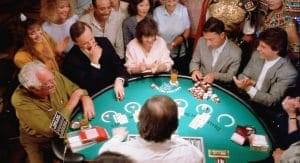
When it was first released more than thirty years ago, the movie Rain Man had an immediate impact. The powerful story, unfamiliar subject matter and stunning performances – especially from Dustin Hoffman as autistic savant Raymond Babbitt – gripped audiences and quite literally changed society. Public awareness of autism skyrocketed, and Rain Man gained a place in the cultural hall of fame.
Today, over three decades later, the movie still resonates. Here we explore the story and legacy of the beloved piece of cinema history, from the people who inspired it to the impact it had on the way we view autism. And we ask what everyone really wants to know – how realistic was Ray’s Vegas blackjack card-counting scene?
Was Rain Man based on a true story?
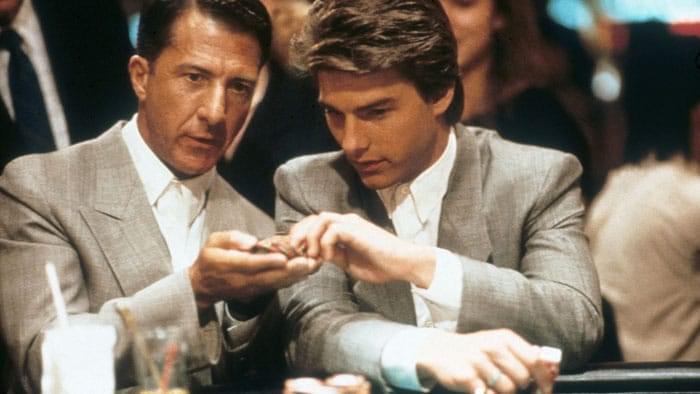
The story of Rain Man seems plausible enough. Young car salesman Charlie Babbitt, played by Tom Cruise, discovers that he has been disinherited by his estranged father. He also finds out that he has a brother with autism who has been left the entire estate. Determined to get what he thinks is owed to him, Charlie connects with his unknown brother Ray. The movie follows their journey, both literal and metaphorical, as Charlie takes Ray on a road trip that reaches a dramatic peak at the blackjack table in Caesars Palace.
Although the story itself is a fiction, it was inspired by real events and people. Screenwriter Barry Morrow had a close friendship with an intellectually disabled man named Bill Sackter, and once kidnapped him to prevent him from being returned to an institution. The seed of the idea came from this event, but it was an encounter with a man named Kim Peek that led to the creation of Raymond. Peek was a man with autism, but also a so-called megasavant with incredible abilities. Impressed and intrigued by Peek’s mind, Morrow wrote the screenplay for Rain Man.
Hoffman met with Peek and a number of other individuals with autism, spending more than a year studying for the role. Much of the dialogue was lifted from recordings of real conversations between Kevin Guthrie, at the time a football star at Princeton, and his brother who had autism.
Were the live blackjack scenes accurate?
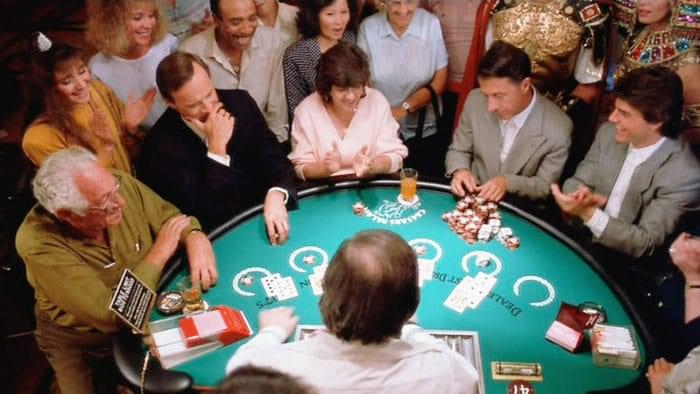
The dramatic climax of the movie takes place at the blackjack table in the legendary Caesars Palace casino in Las Vegas. Having discovered Ray’s incredible ability to memorize numbers and patterns, Charlie decides to use his brother to clean up at blackjack by counting cards. The plan works, and the brothers pull off an $80,000 win before security informs them that they are no longer welcome at the casino.
For the purpose of brevity and dramatic tension, Charlie’s short instructional talk on blackjack is kept simple. Too simple to be of much use, as any blackjack player would know, but a real lesson wouldn’t be much fun to watch. Armed with only Charlie’s vague tips, nonetheless the brothers work together to get the money. The actual cards are not very realistic – we know from the security guards that they are playing with six decks, so when Ray informs Charlie that there are plenty of queens left it’s not a big surprise. The fact that the dealer then turns over three queens in a row is a bit less plausible, but it makes for a good dramatic scene. In other words, it would not be advisable to employ that same strategy when playing live blackjack for real money at an online or land-based casino.
One thing that is very accurate is the reaction of the casino. The security personnel know that Ray is doing something, but they find it hard to believe that he could be capable of accurately counting cards with six decks. This scene helped to perpetuate the myth that incredible genius is needed to count cards, but that’s not really the case. Even so, when confronted Ray mumbles about counting cards and they are shown the door. Technically speaking, card counting isn’t cheating, but the establishment will use their right to refuse anyone service if they suspect that’s what is happening.
The Legacy of Rain Man
Rain Man did an awful lot to put autism on the map, and very few people even today can find much fault in Hoffman’s well-researched and sensitive portrayal of Ray. Some in the autistic community accuse the character of being a stereotype, although Morrow points out that this was definitely not the case when the movie came out. With today’s sensibilities, it seems unlikely that a neurotypical actor would be given such a role, but most agree that Hoffman handled the material well.
One fair criticism concerns savant syndrome. As the first high-profile on-screen character with autism, Ray came to be a symbol for the condition. This led to many years of the general public believing that autism and savant syndrome always go together. In fact, the proportion of those with savant syndrome is fairly low, and megasavant abilities such as those possessed by Ray and his inspiration Kim Peek are incredibly rare.
Considering the prevailing attitudes of the day, most agree that Rain Man was ahead of its time. Ray was a fully-realized character who was treated with dignity in a way that was rare on screen at the time. Today our awareness of autism is much higher, and detection and diagnosis are more accurate. Conversations are still ongoing about how autism is portrayed in film and on TV, but Rain Man was the movie that really got that conversation started.
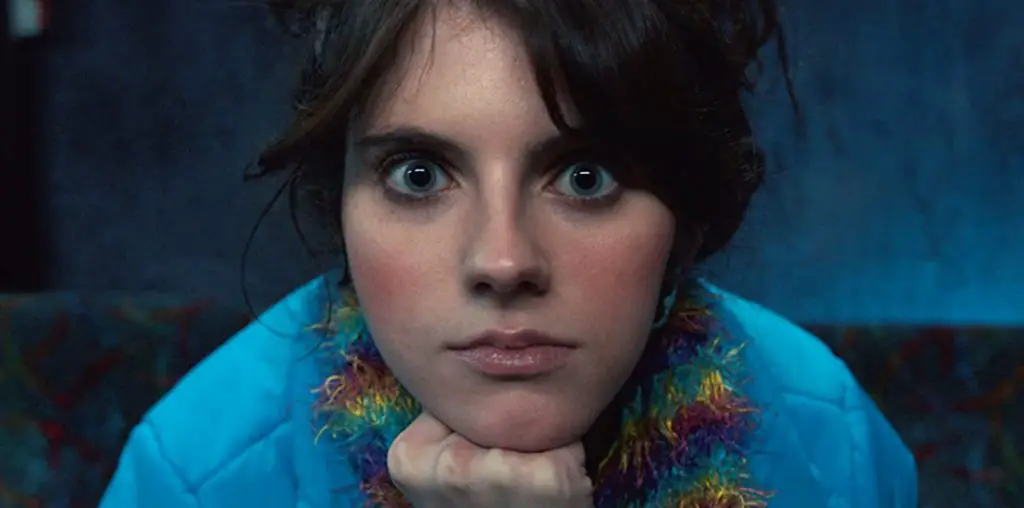

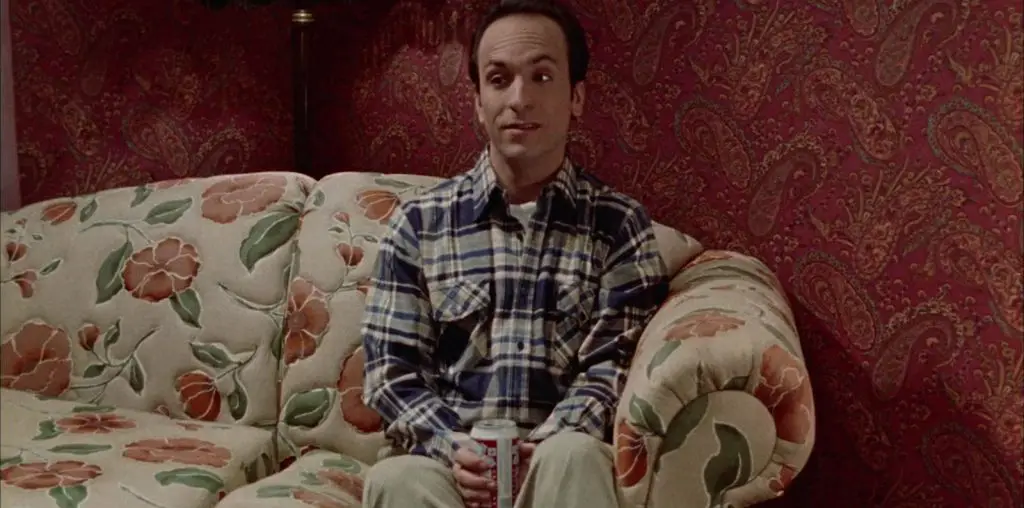
Nice article!! My kid has Autism and scary smart at Math I can see him counting cards easily too
My son has Autism ADHD and SPD. He is also a Math Genius. I could see him successfully being able to do this as well. He has a different level than D H character but scary smart math wise. Very nice article.
[…] it has a somewhat complicated legacy, movies like Rain Man have romanticized the game to its current place in popular culture, so it would likely be a big […]